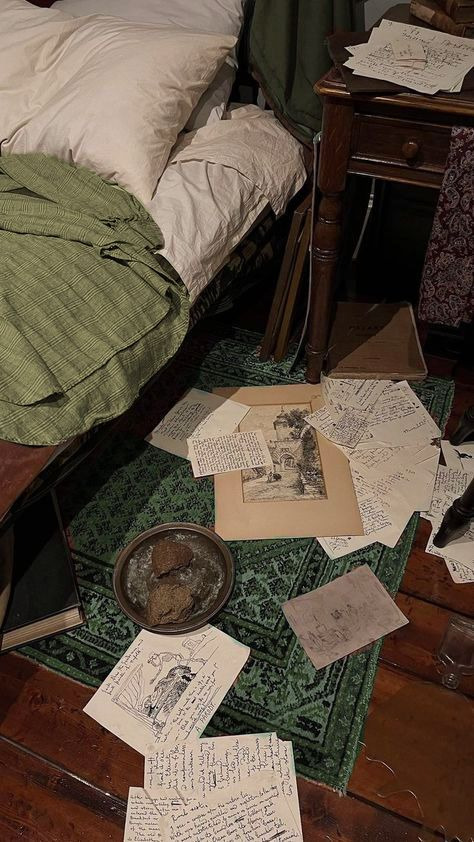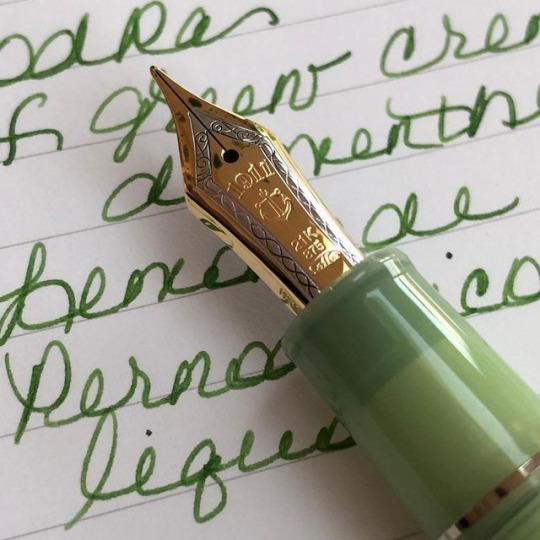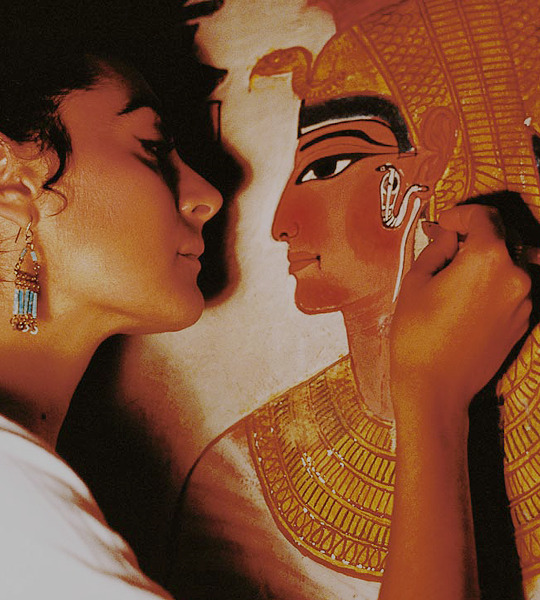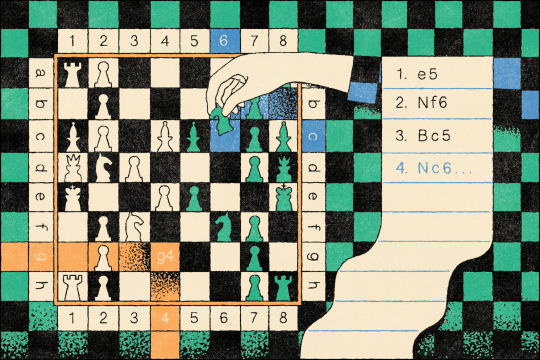Student-teacher with two educational profiles: historical and legal
Last active 60 minutes ago
Don't wanna be here? Send us removal request.
Text

Painting "Memento mori " with the inscription: "All the skulls are signed, but only one is not. Write your name on it, for it is yours."
- Rattenberg (Tyrol), 1694, Augustiner Museum.
0 notes
Text
📗In the Middle Ages, green had a dual symbolism:
In general, green evoked associations with a blooming garden, which in the medieval consciousness was perceived as an image of paradise on earth. He allowed us to speculatively approach the Divine perfection, lost due to the sinful nature of man. Therefore, the green interiors of the royal chambers are filled with symbolic meaning and serve as a metaphor for righteous rule.
For girls and boys in medieval miniatures, the green color of clothes was interpreted as a sign of youth, passion and love. Youth is like the fresh leaves on a tree that have barely broken through, and the fruits that have not yet ripened.
In the Orthodox tradition, green church heads can be seen — as a rule, temples dedicated to the martyr or the Trinity were depicted in this way. In the latter case, this color is formed as a result of the fusion of yellow, associated with the Holy Spirit, and blue, the symbol of God the Son, Jesus Christ.
At the end of the Middle Ages, the attitude towards green changed: it became a symbol of evil, it depicted dragons, witches, all kinds of poisons and other abominations.
In chivalric culture, green symbolized rituals and magical powers, but was also used as the color of love adventures and seduction.









#dark academia#romantic academia#chaotic academia#books and coffee#light academia#moodboard#quotes#dark academia aesthetic#academia aesthetic#dark academia moodboard#soft academia#soft aesthetic#classic academia#light academia moodboard#light academism#dark academia vibes#darkacademia#aesthetic
4K notes
·
View notes
Text





Snowy Athens🏺
4 notes
·
View notes
Text



Now I am actively getting acquainted with the work of Japanese manga artist Junji Ito, who works in the horror genre. You may have heard different things about this man from different sources, but perhaps the most important thing you need to know about Junji Ito is that he is a sick Japanese man who creates paintings of questionable content. However, they are very deeply shocking, and he has practically no worthy competitors in this field. Junji's works amaze with the author's imagination and understanding of what drives people into visual horror. 🌀
3 notes
·
View notes
Text

The allegory of arithmetic. Engraving from "The Pearl of Philosophy" by Gregor Reisch, 1503.
On the right in the foreground, Pythagoras uses a counting board with chips.
Counting tokens appeared in the Middle Ages, initially they were used for arithmetic calculations on chalkboards, including in accounting. Their appearance is associated with the name of Herbert of Avrilacqua (c. 946-1003), the future Pope Sylvester II. It was he who recommended using special quasi—coins with Roman numerals or special numerical signs - vertices for counting on the boards. This is how counting tokens appeared, and they were also made by money minters.
In many countries, tokens were used as a bargaining chip. With the advent of the first banks in Italy in the 13th century, they began to be actively used by bankers, money changers and merchants. Some French banknotes were minted at state mints, and royal portraits were often depicted on their obverse. It was difficult to distinguish such tokens from ordinary copper money — they probably circulated with them. In Germany, tokens were actively used in card games as money substitutes, similar to modern casino chips.
Over the course of several centuries, thousands of varieties of tokens of various types and from all kinds of materials have been minted in different parts of Europe: alloys of copper, bronze, brass, tinplate, base silver and souvenirs — even gold. Counting tokens existed until the 19th century, when people all over Europe learned to count in a column and to themselves.
2 notes
·
View notes
Text




Old books, yellowed pages, and the scent of untold stories
2K notes
·
View notes
Text





The abandoned Demidov Estate.
Thais, Leningrad region.
20 notes
·
View notes
Text
Just today I got to see a chess book that I remember reading as a little kid. While it didn't give me a lifelong passion for chess, it did give me a lifelong passion for fantasy for its artwork.
The book is "Chess for Young Beginners" from 1975, and here's some of the artwork:


Like, this artwork goes hard. I especially appreciate the colour scheme for the black pieces, with its browns, bronzes, reds and oranges.



This artwork is amazing, evocative, exciting and dramatic. I recommend giving it a look if you have a chance - you can probably scrounge up a PDF of this thing with a bit of searching.
32K notes
·
View notes
Photo


Italian conservator Lorenza D'Alessandro working on the conservation of the tomb of Nefertari, QV66, in the 1980s.
21K notes
·
View notes



















